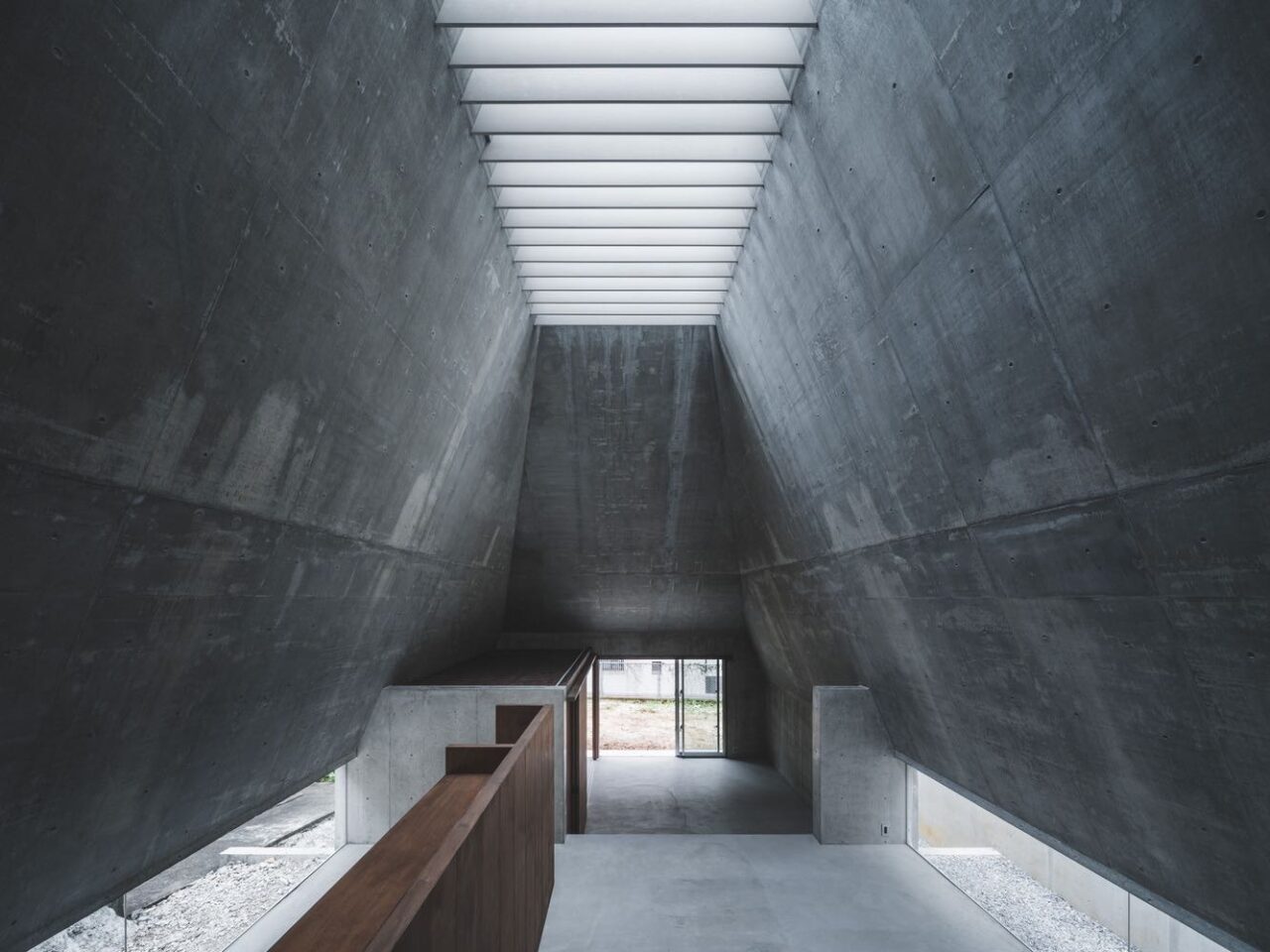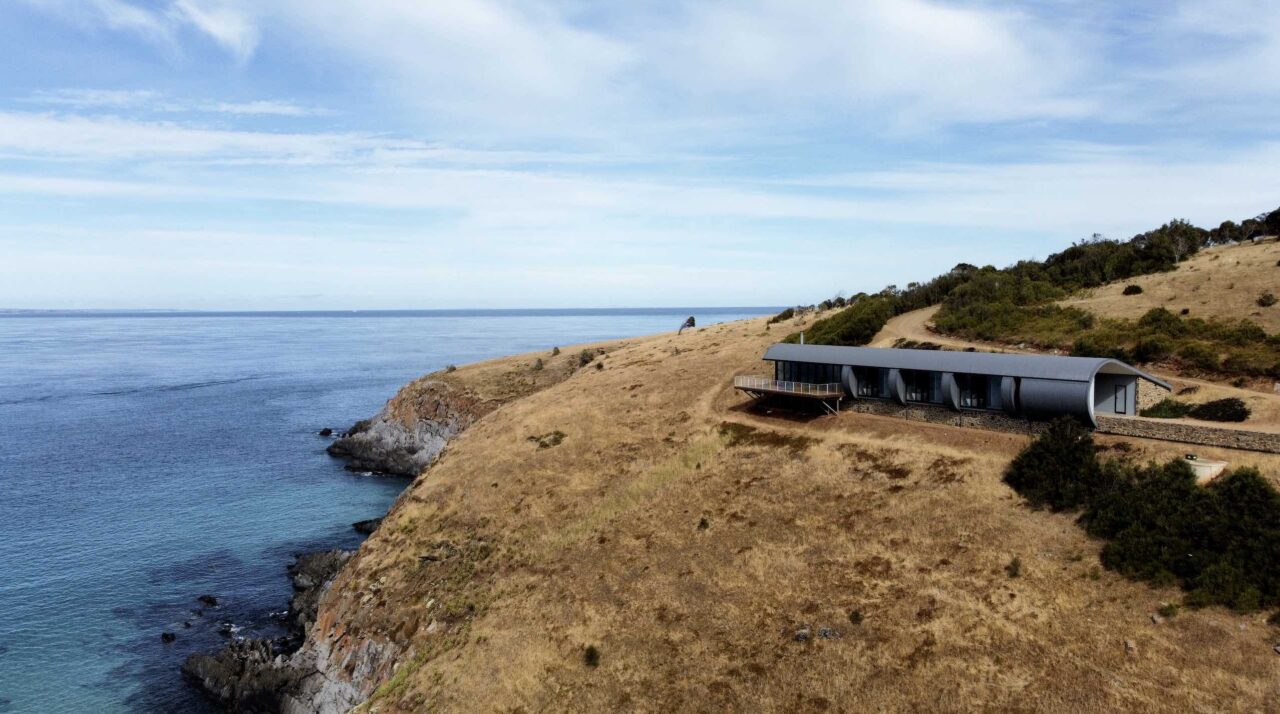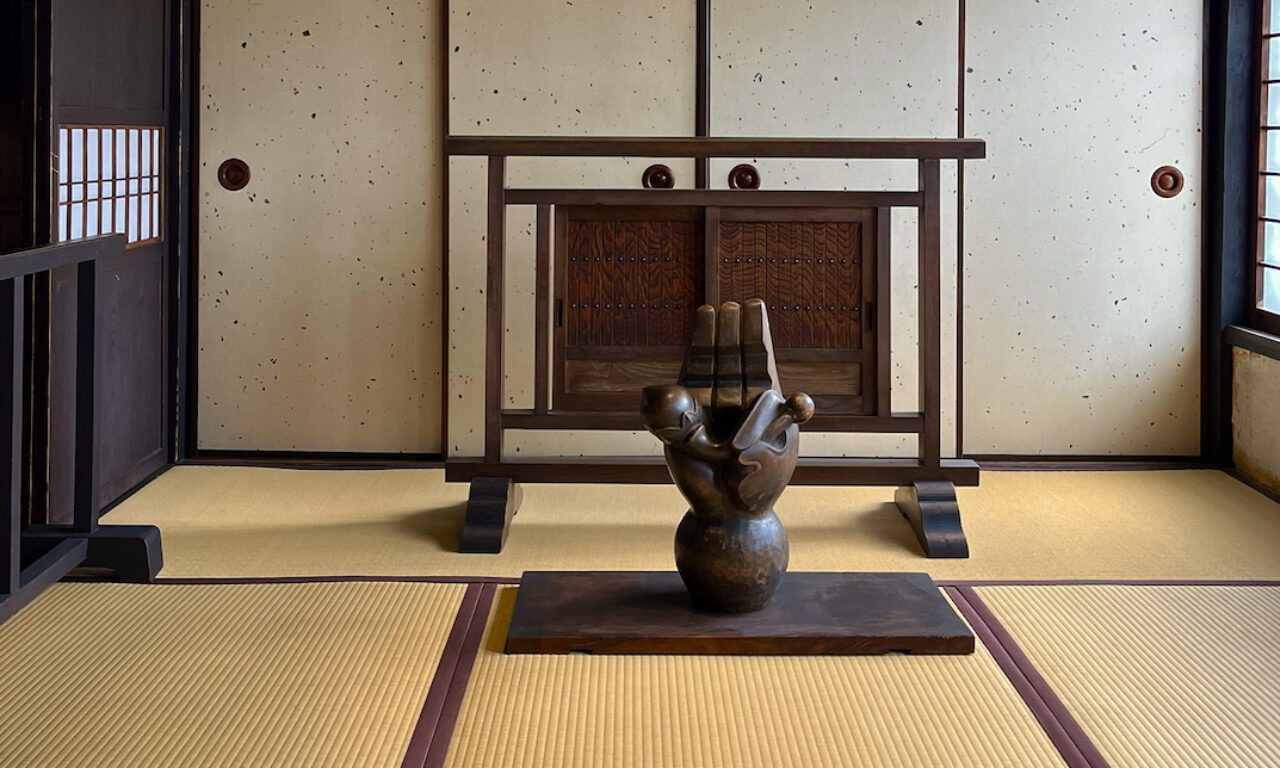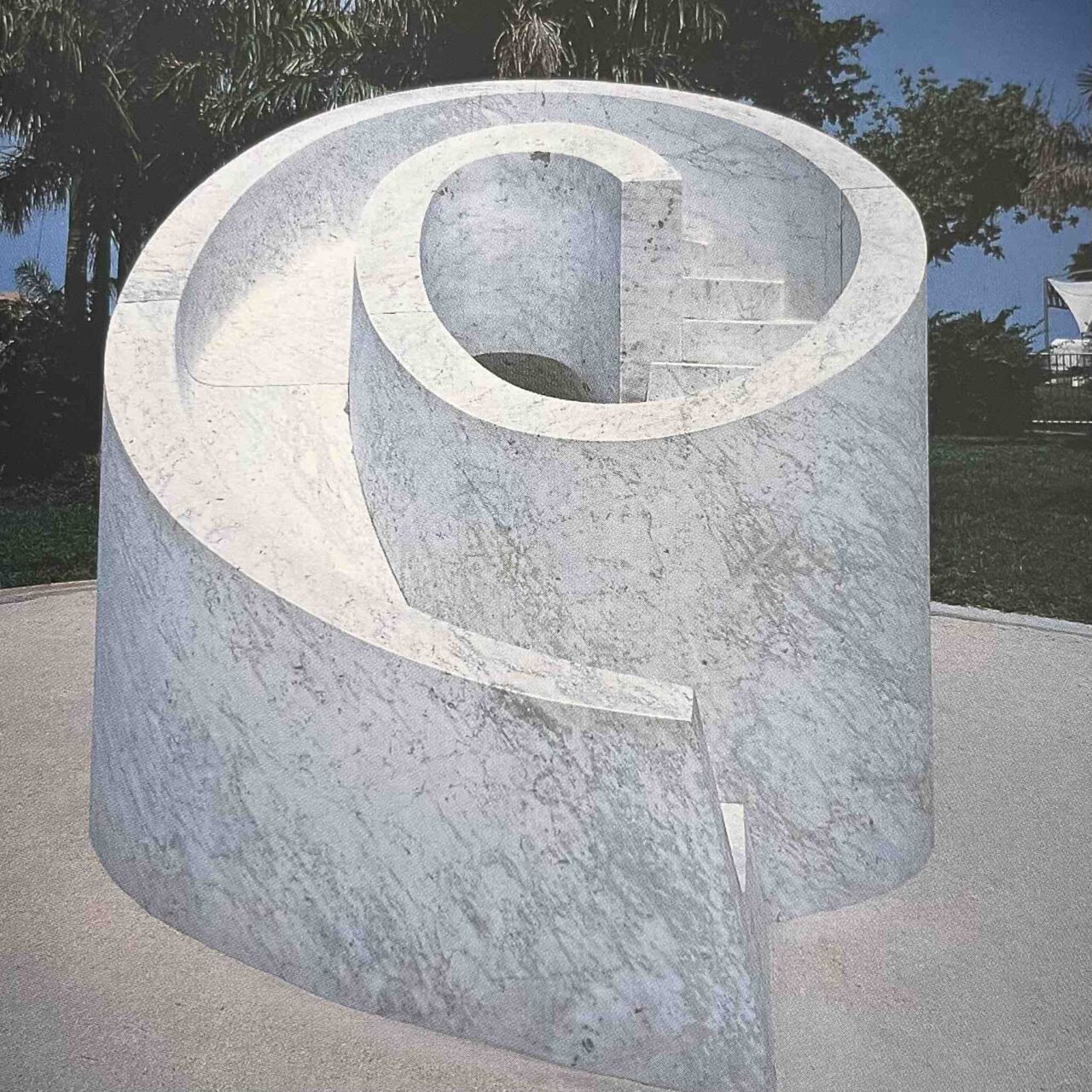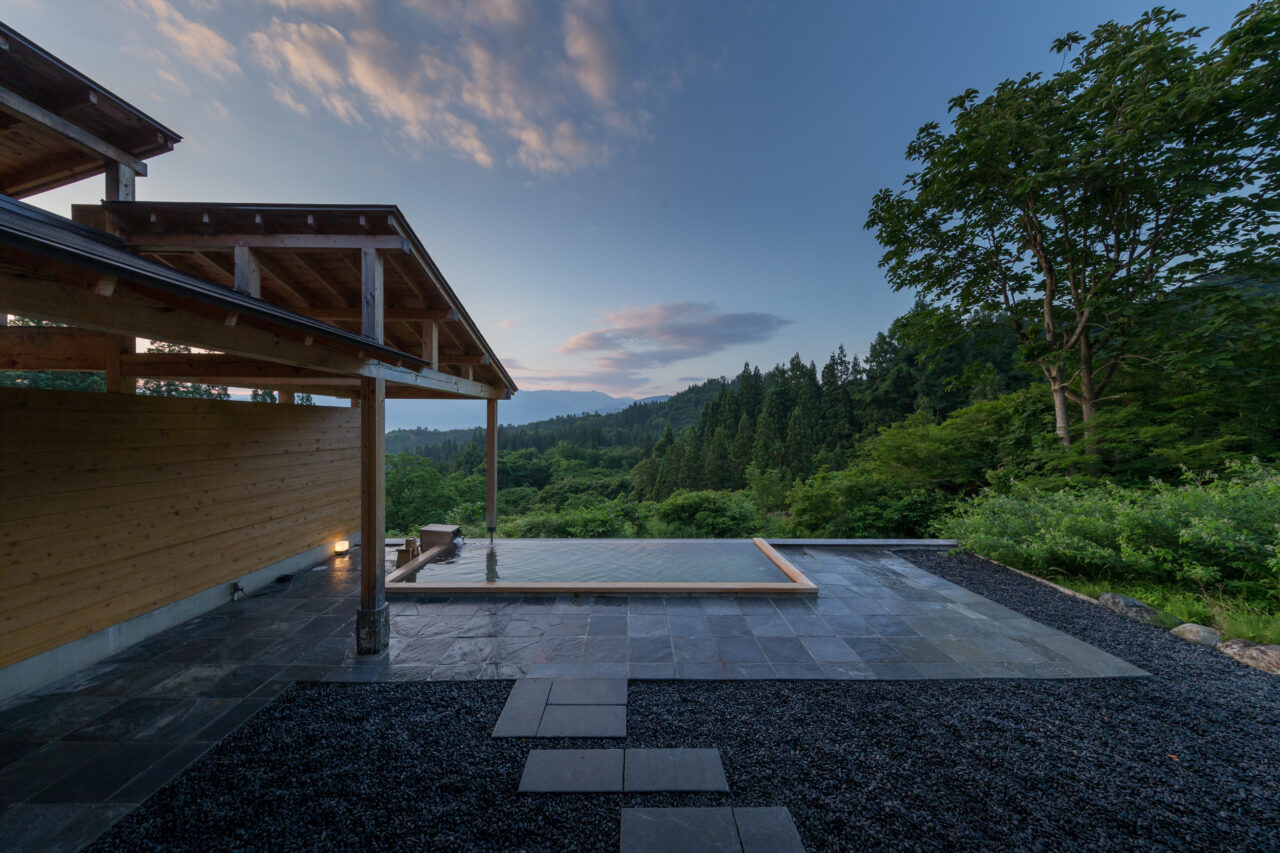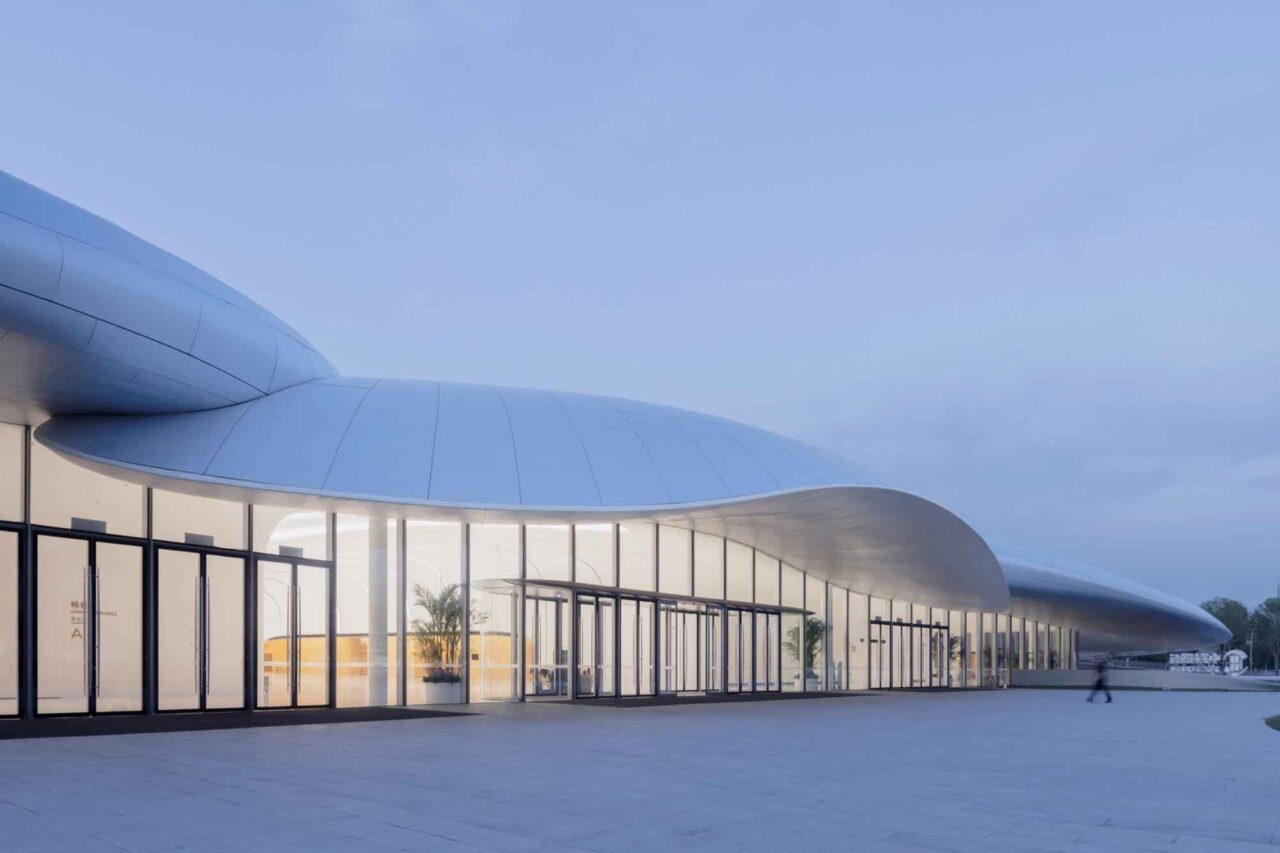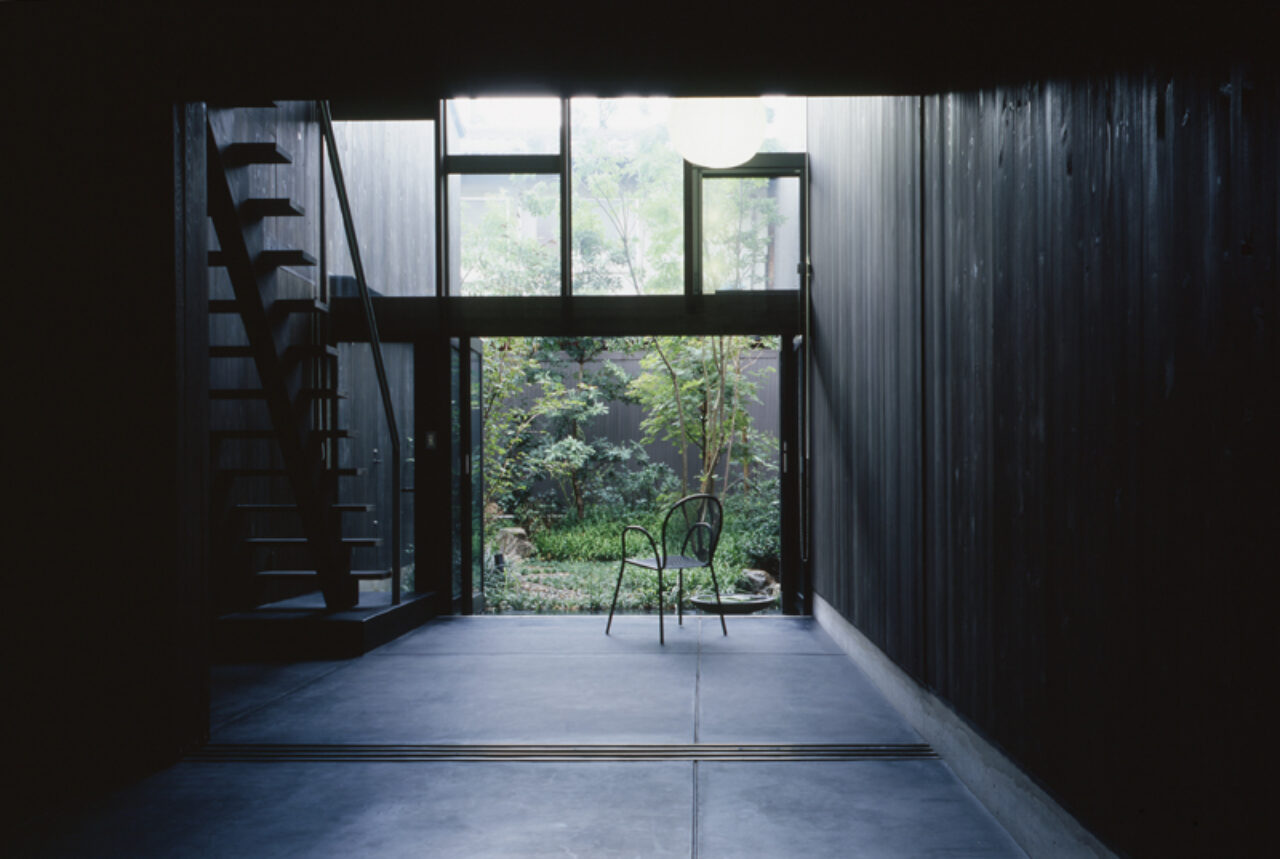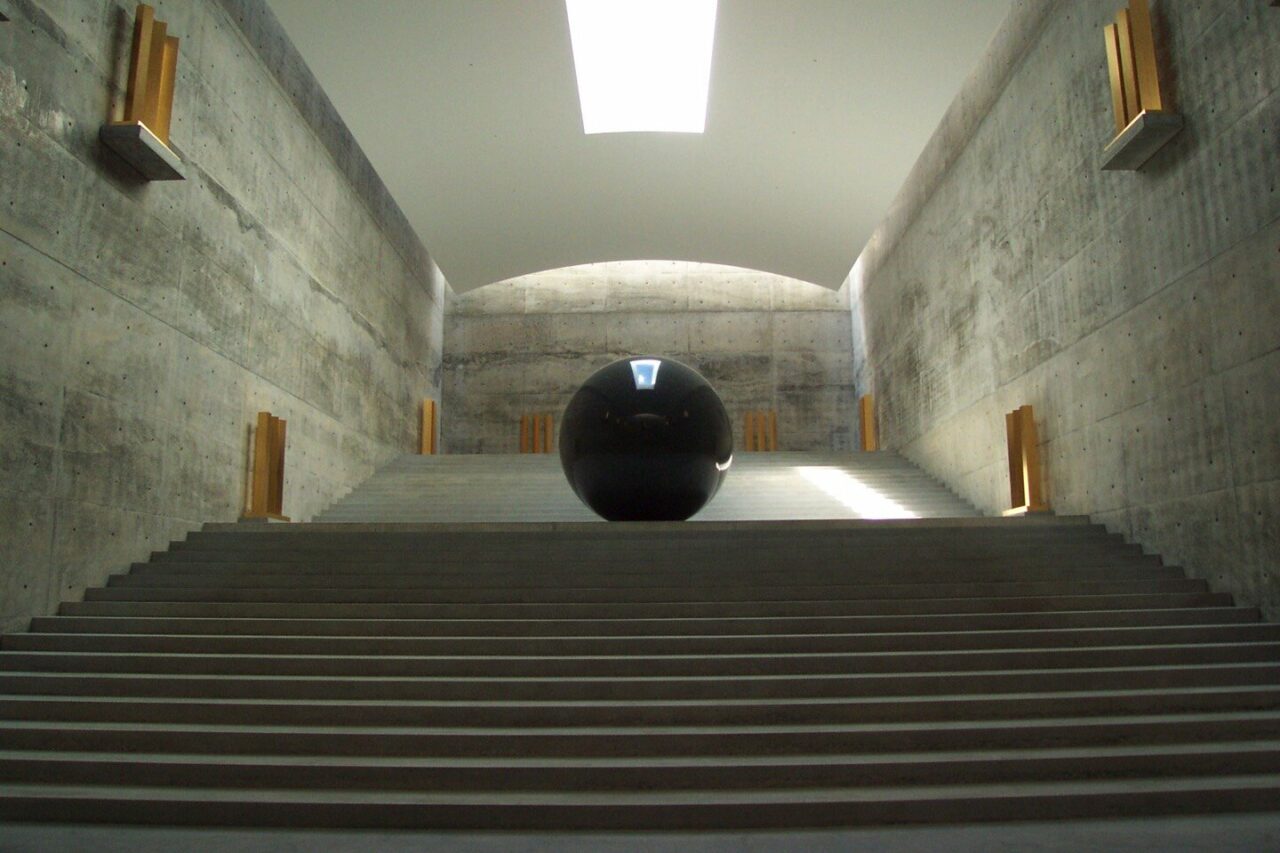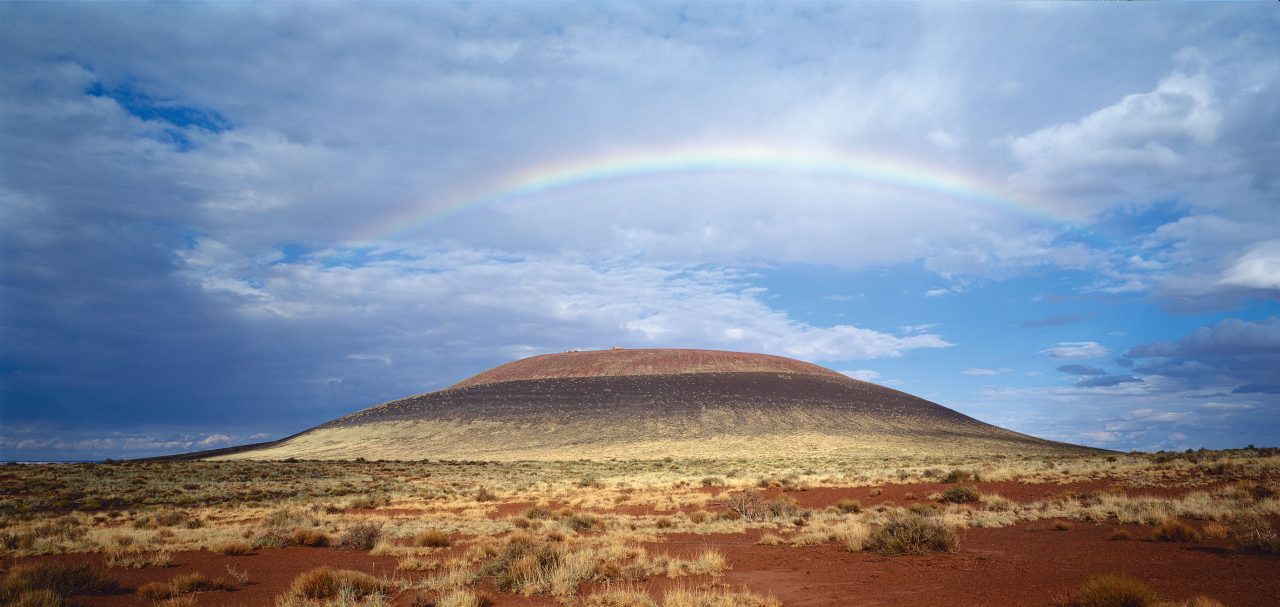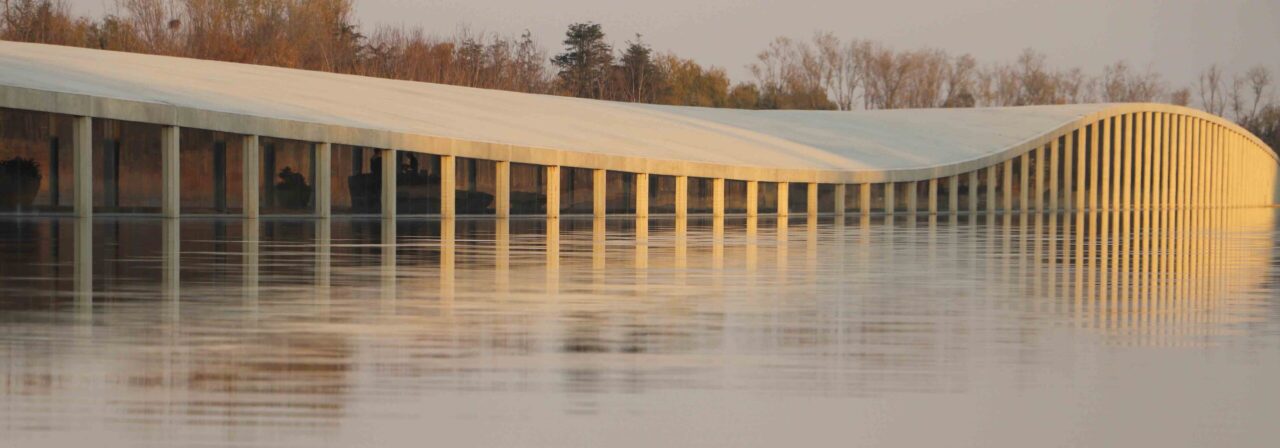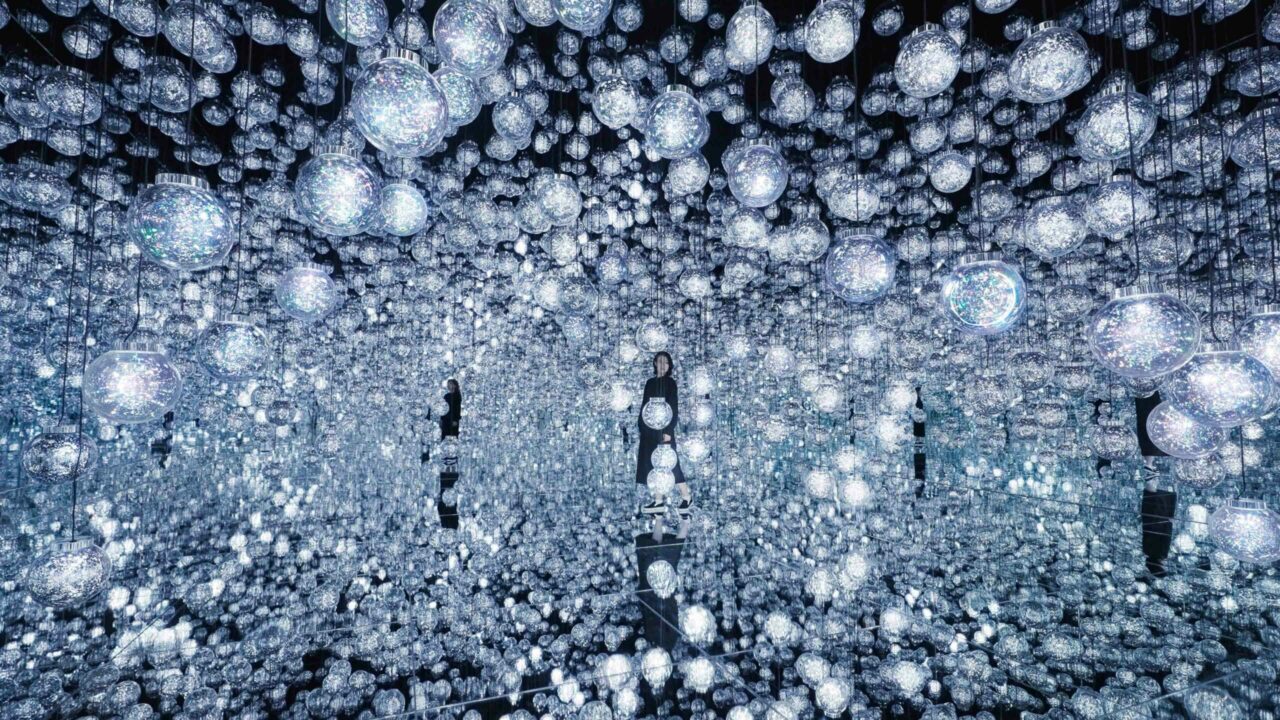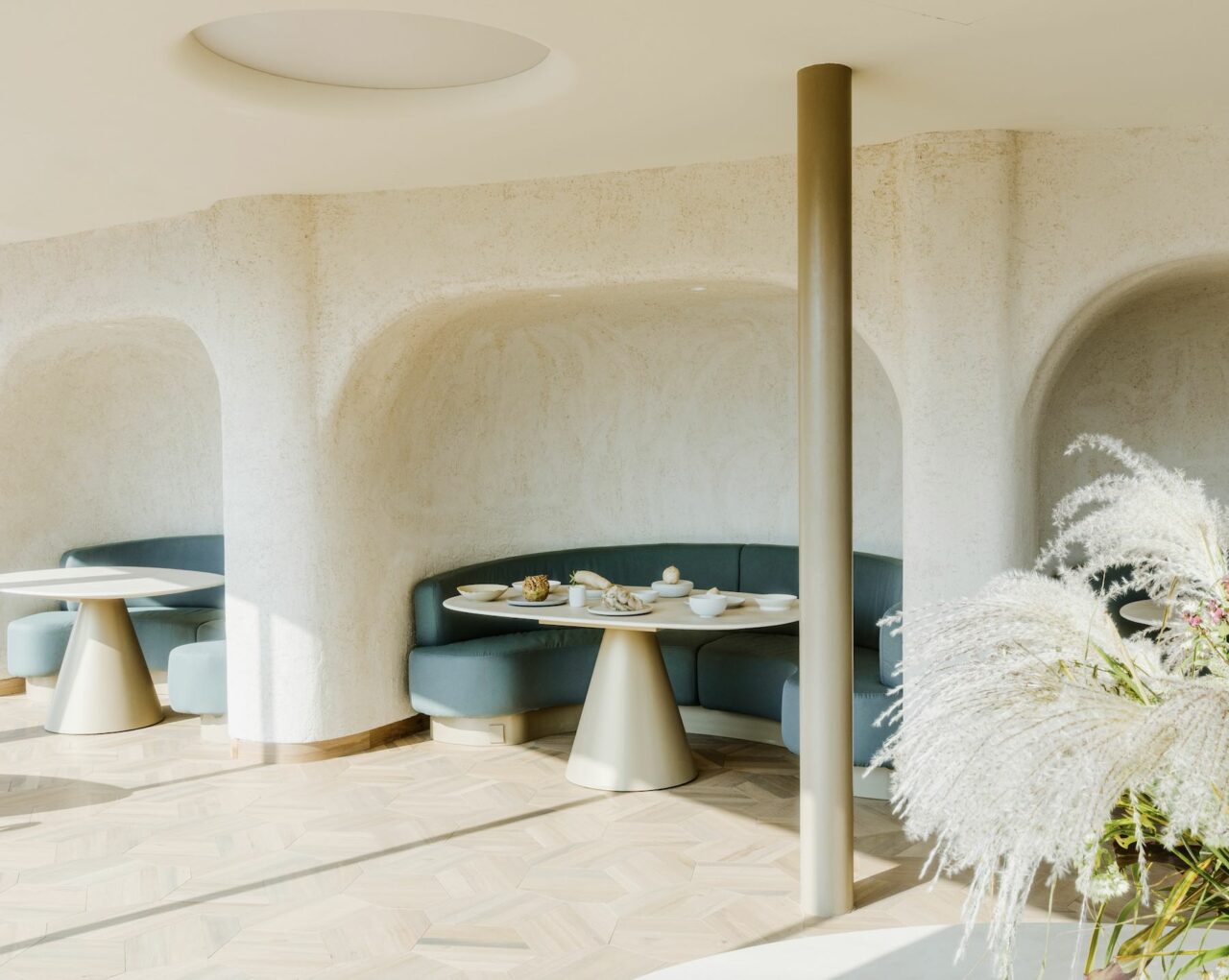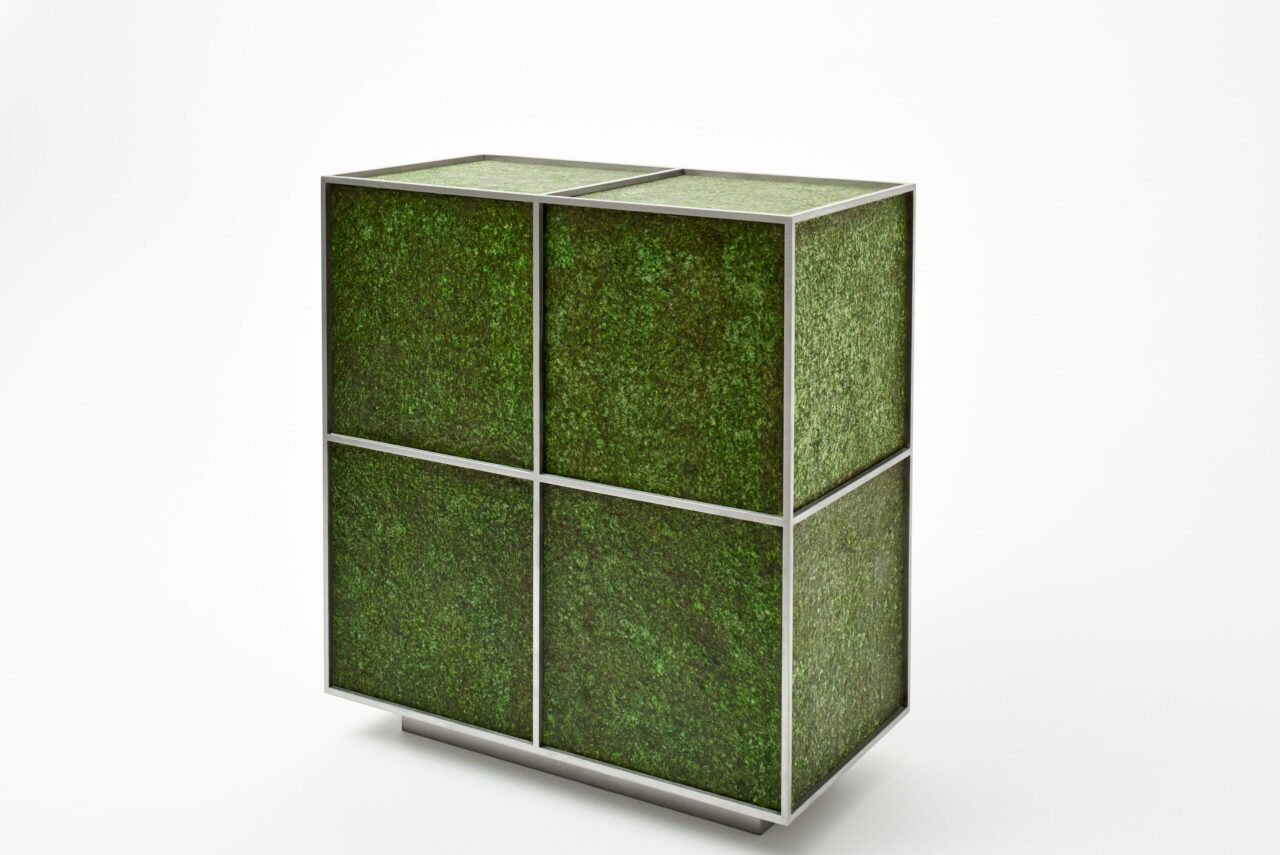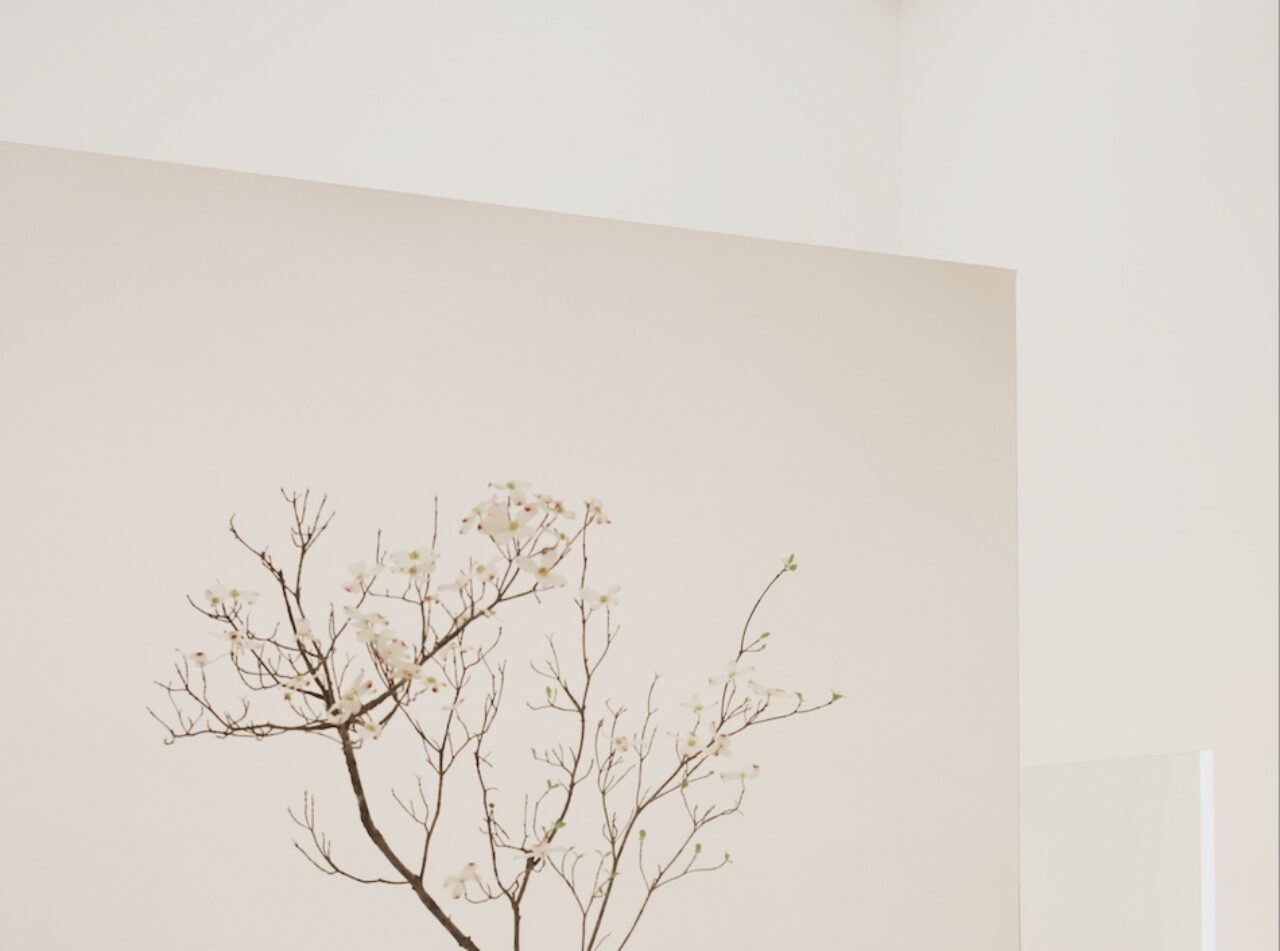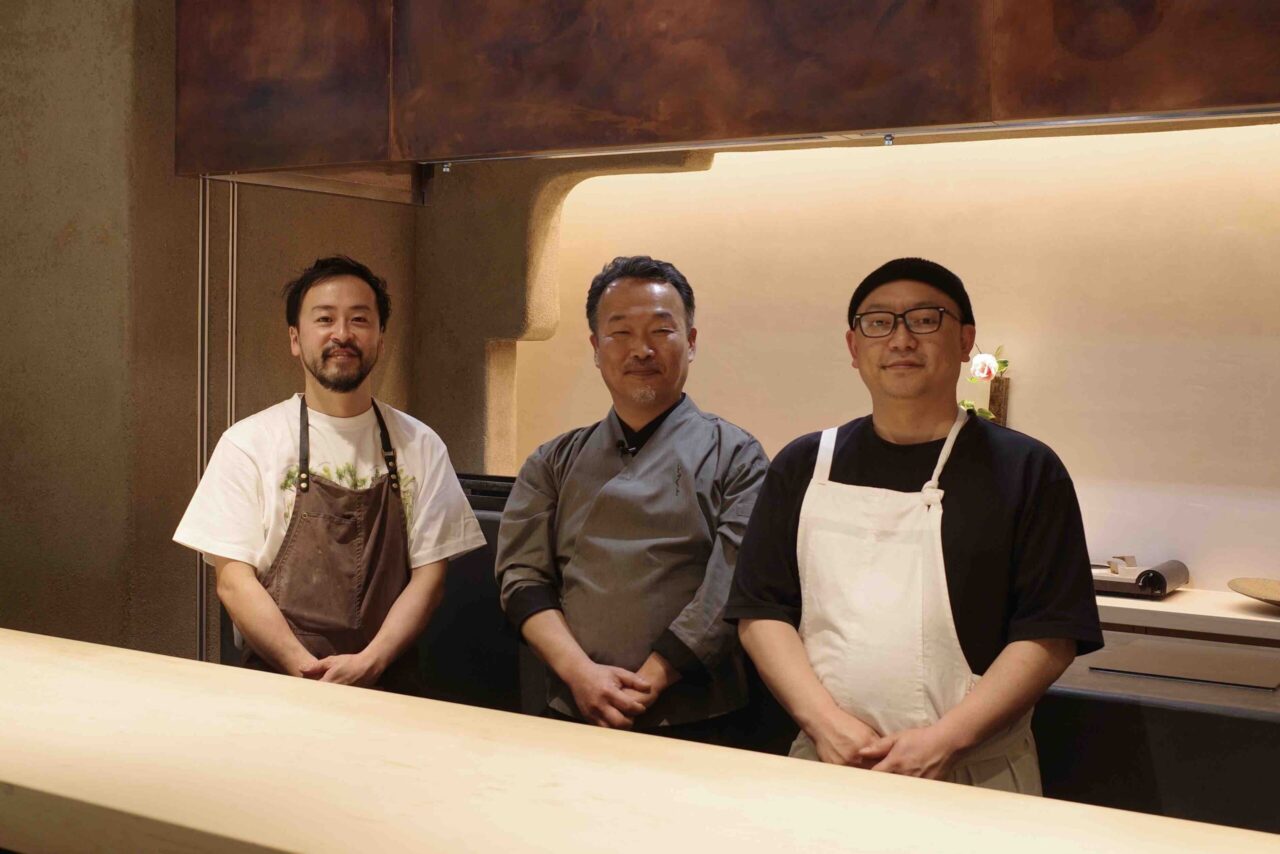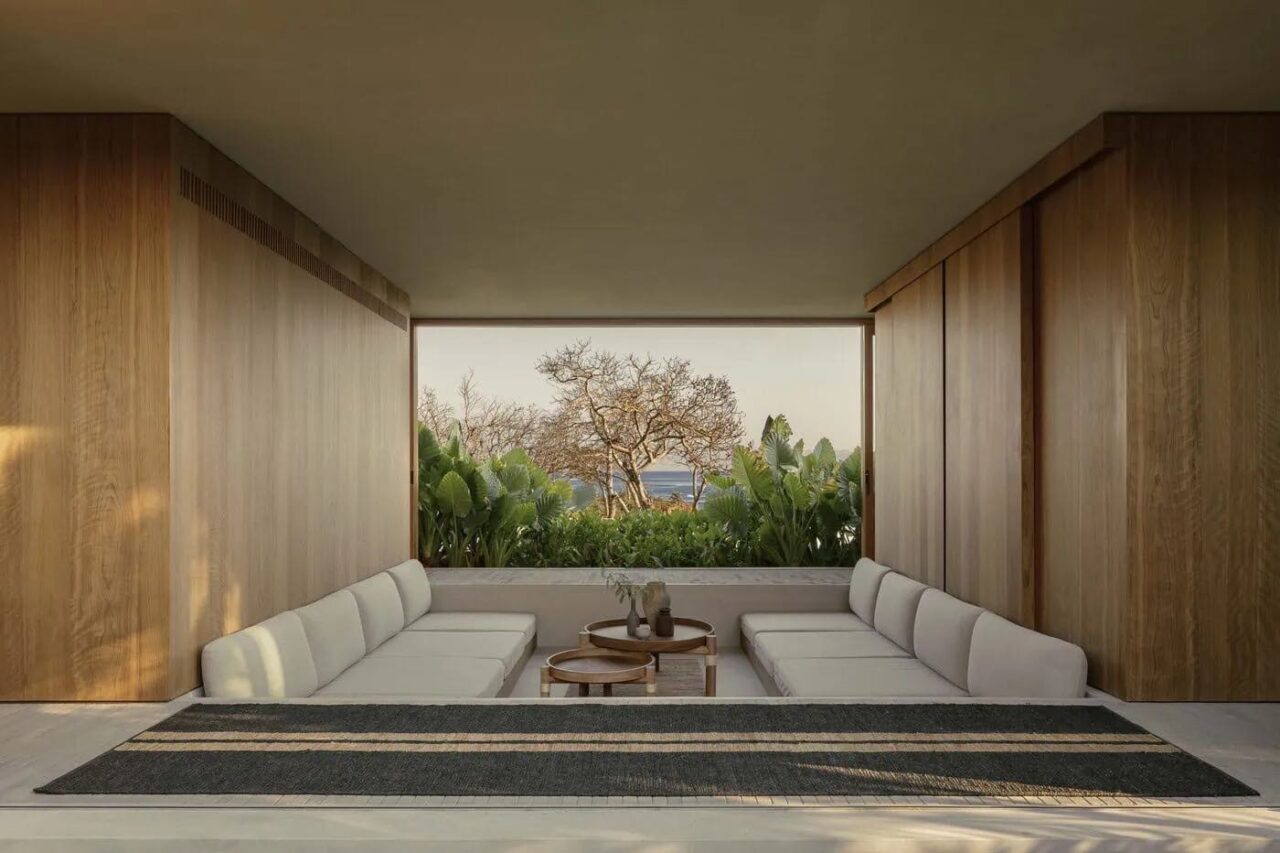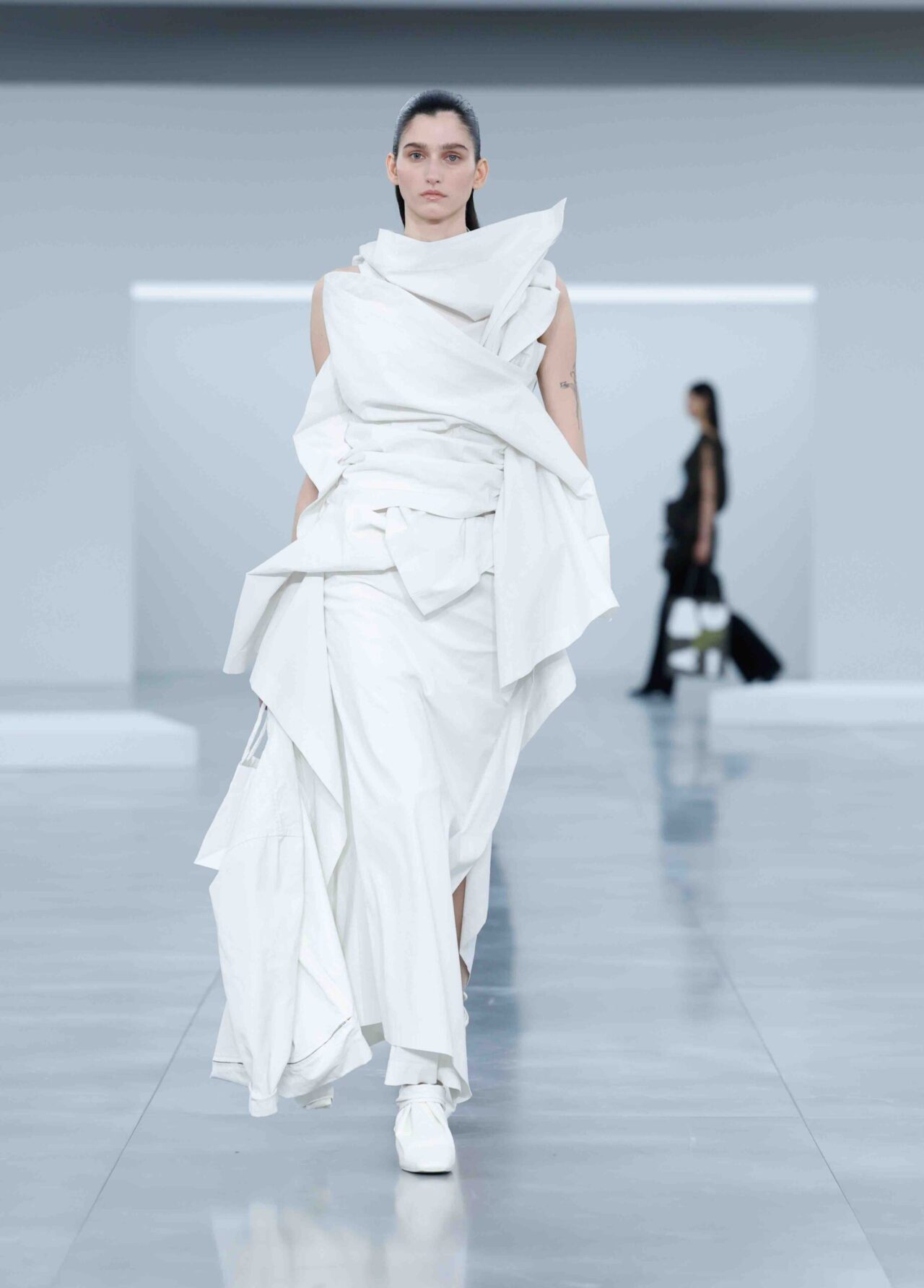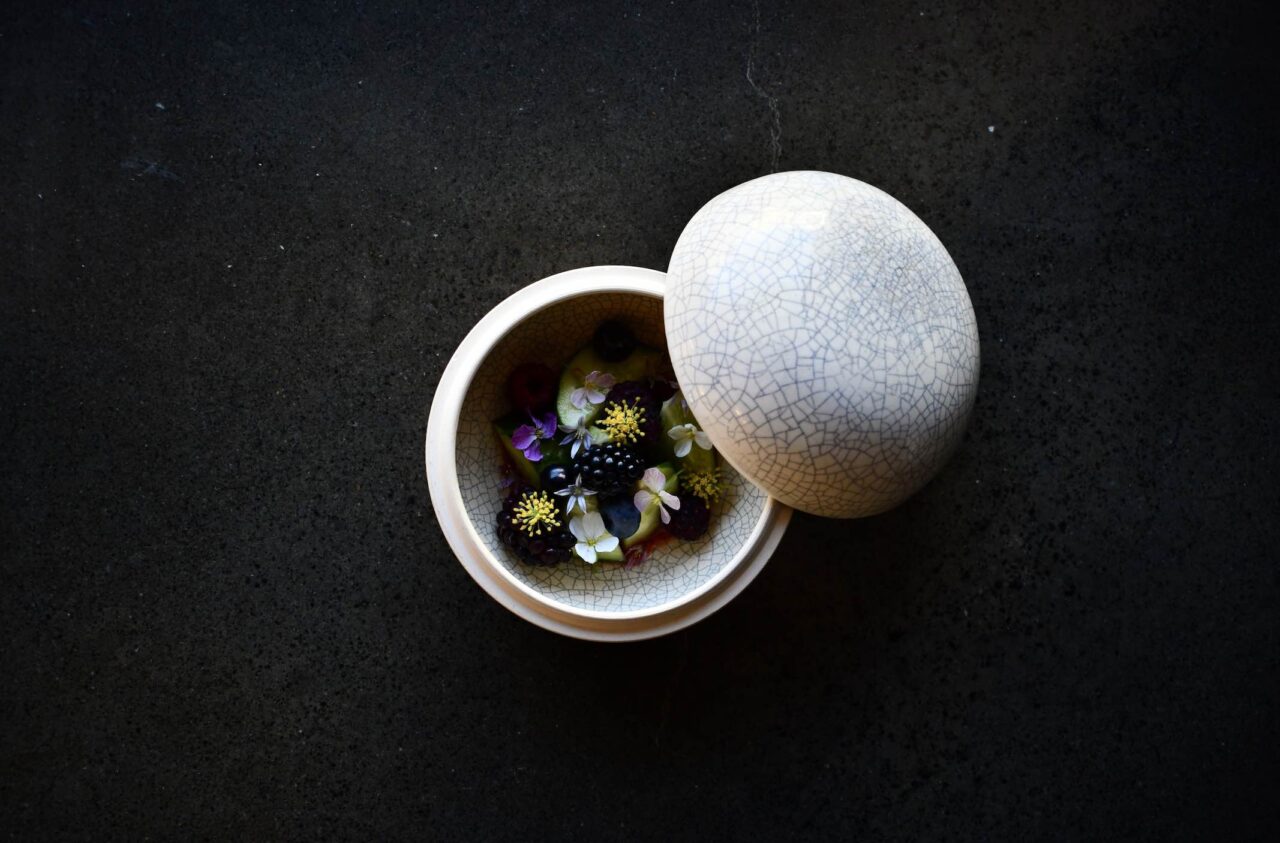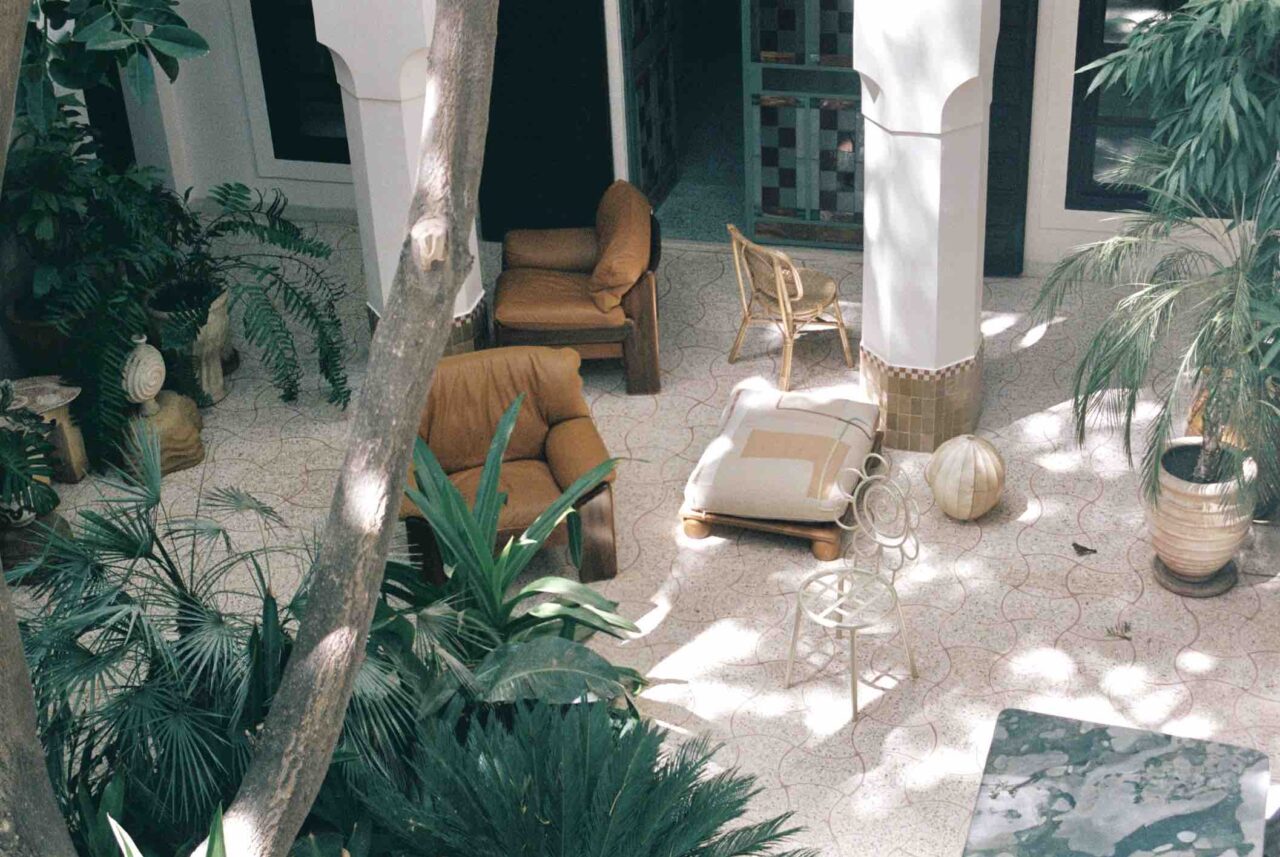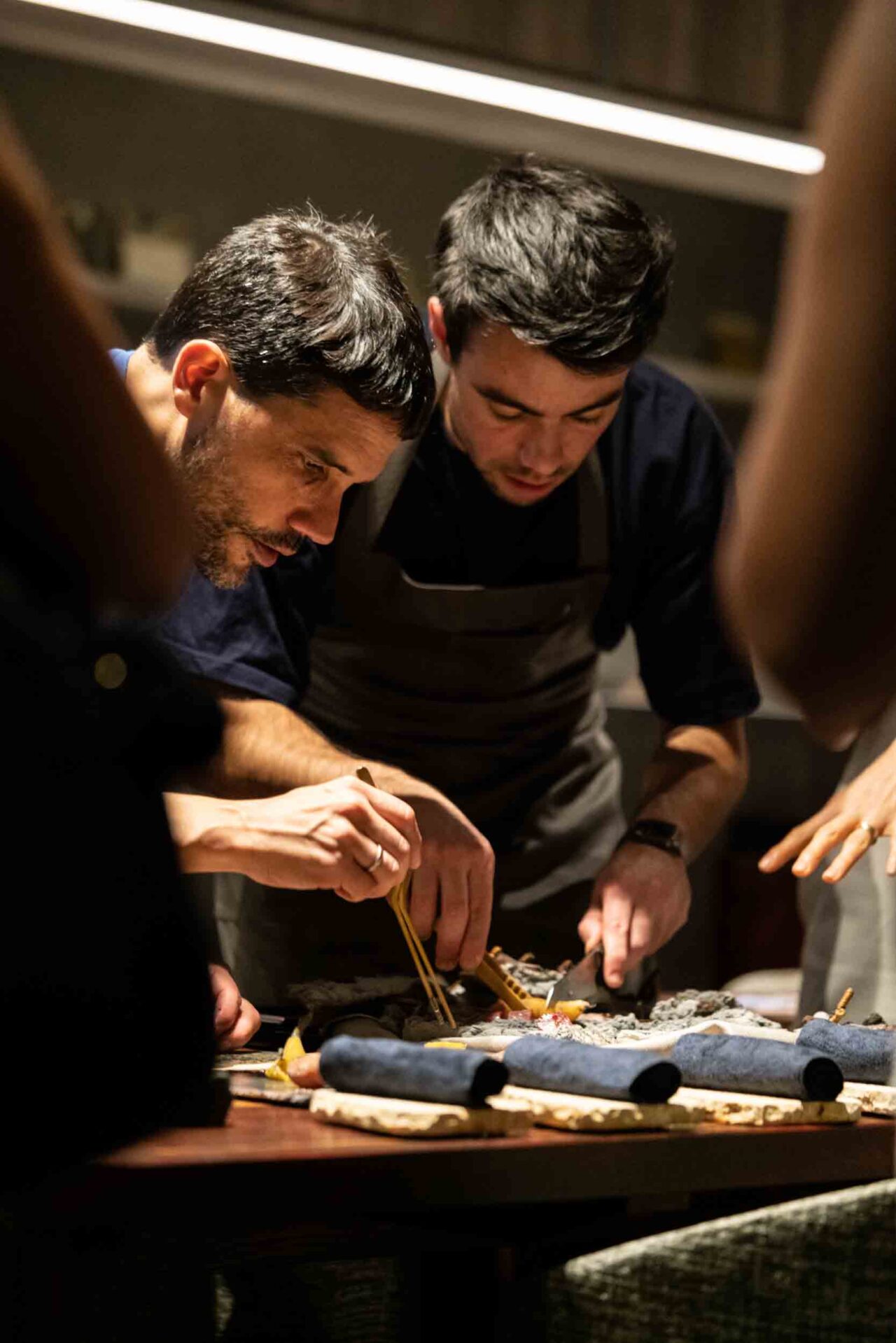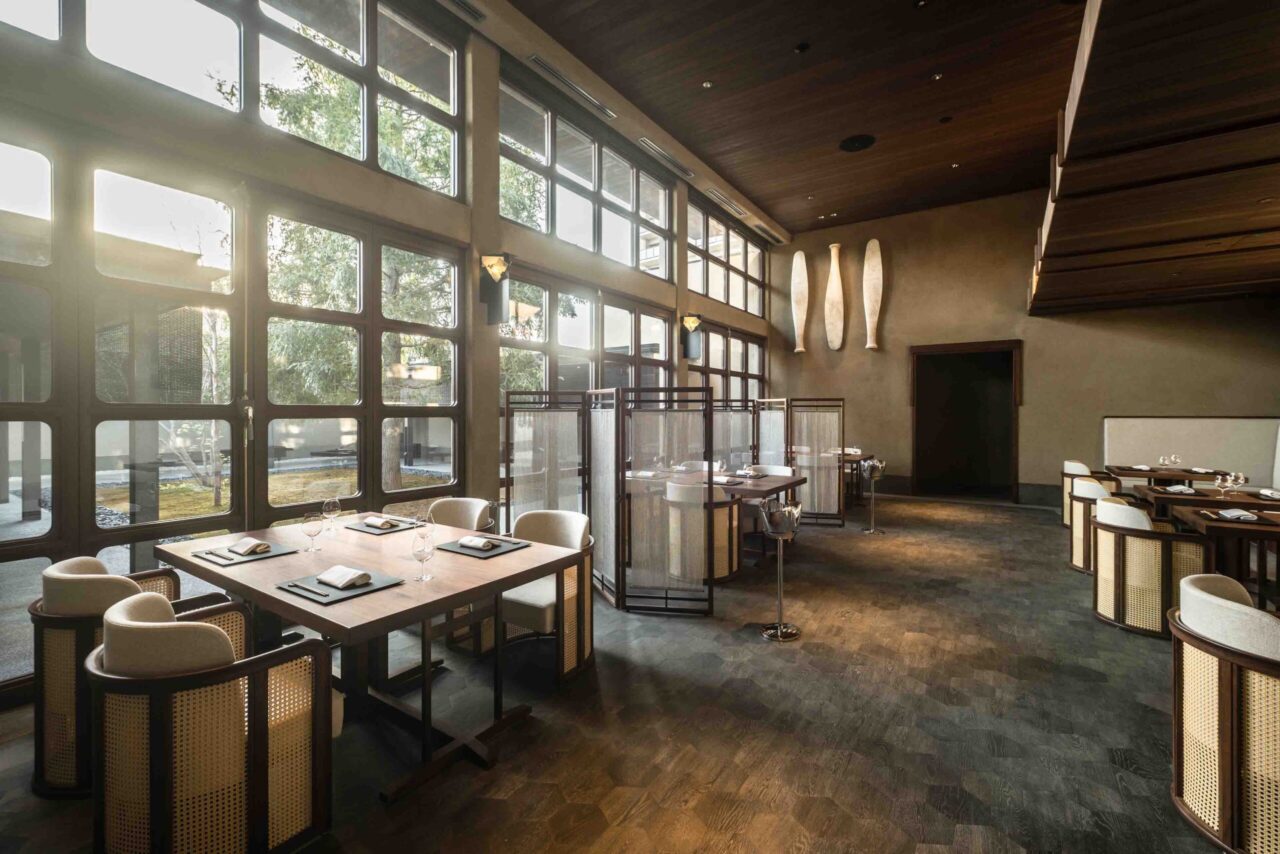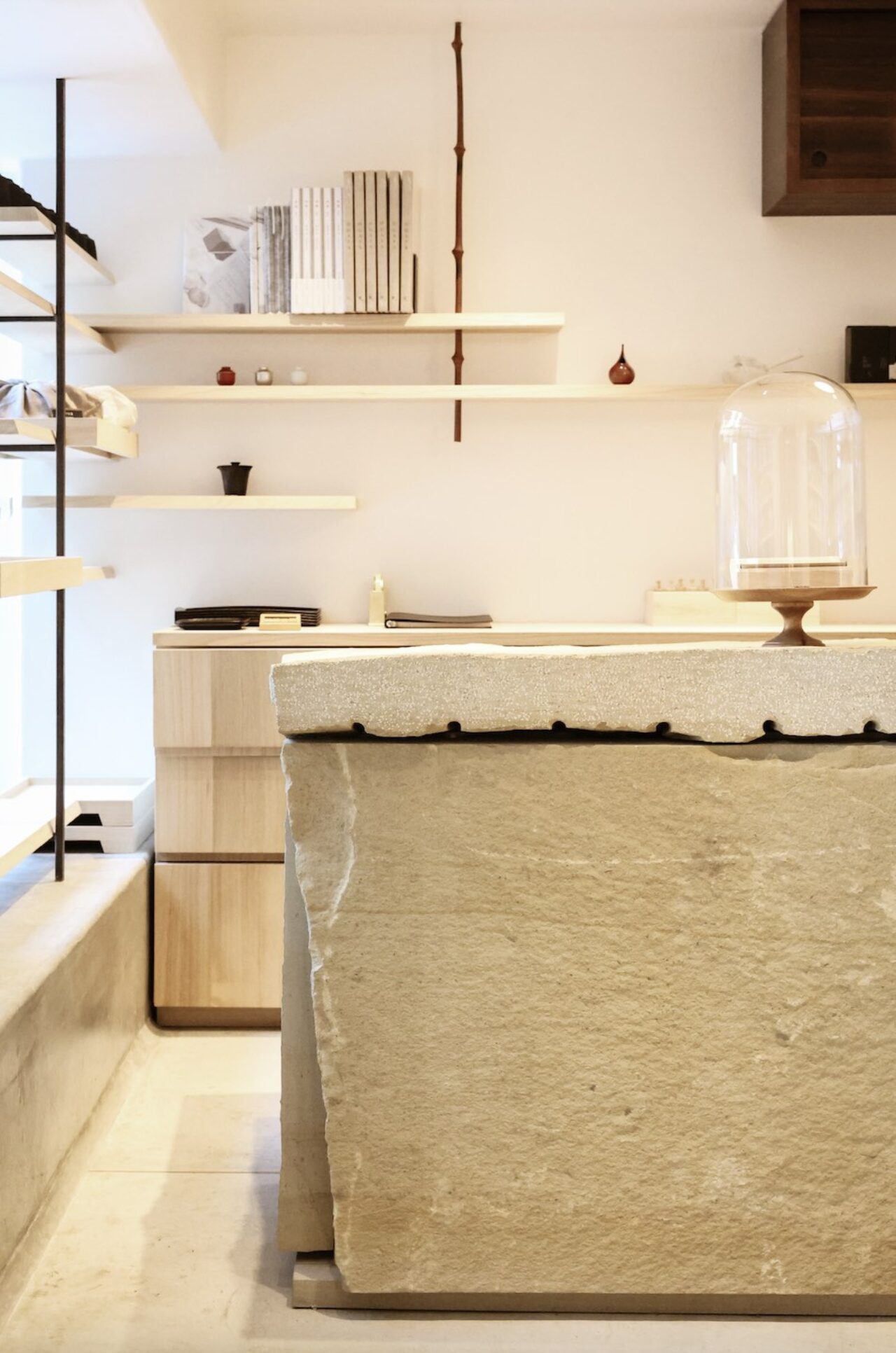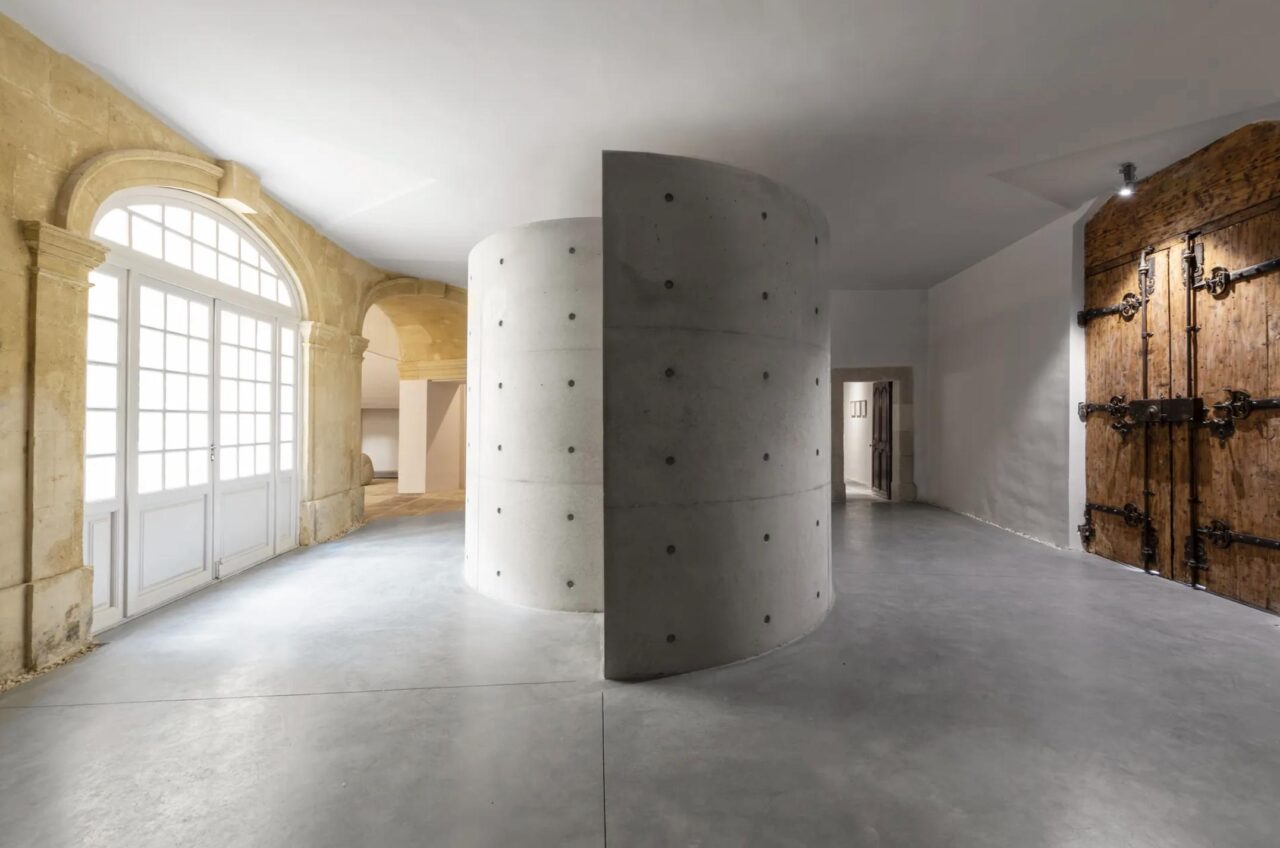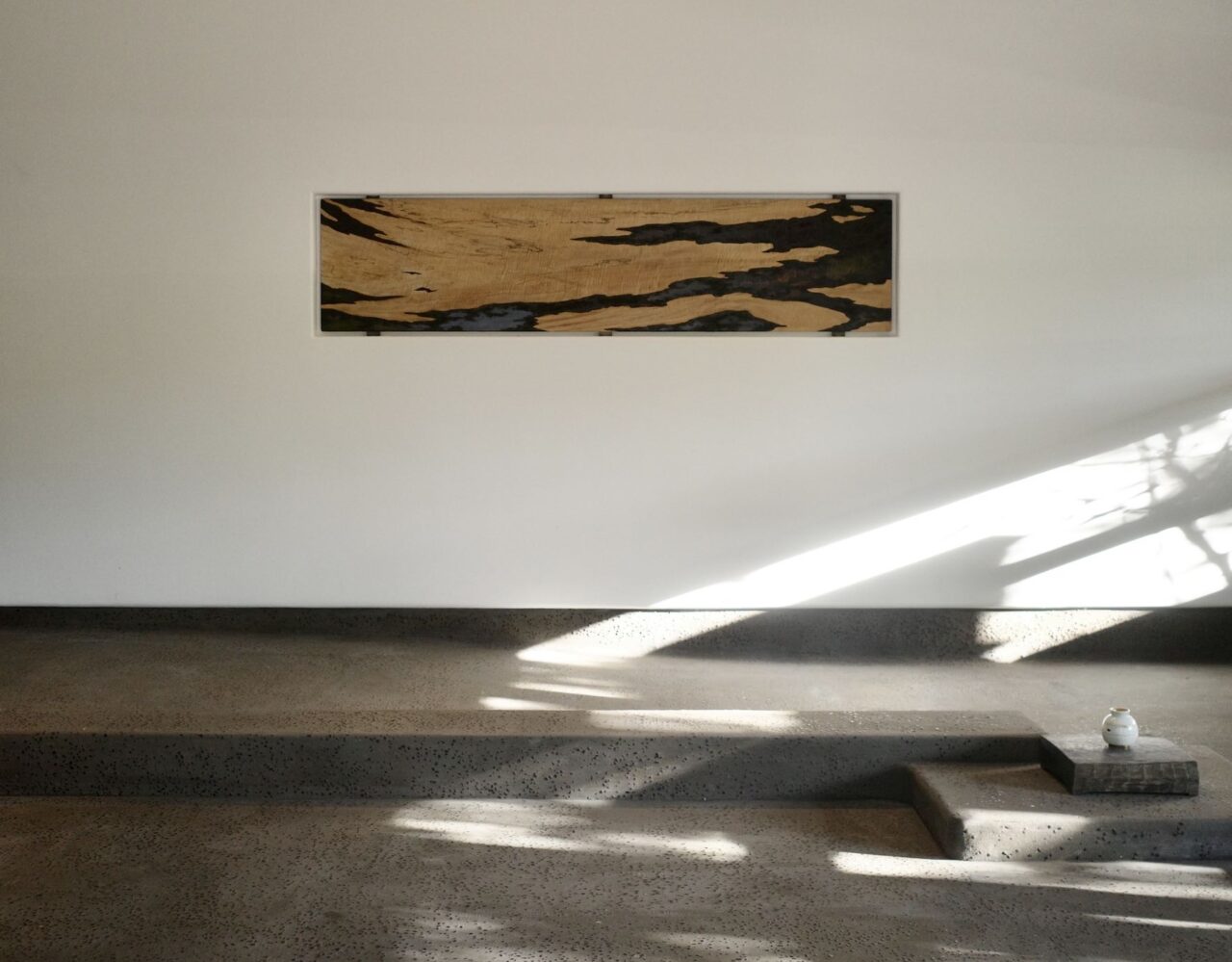IBUKU
With Speak With Founder Elora Hardy, Constructing An Unrestrained World With Bamboo
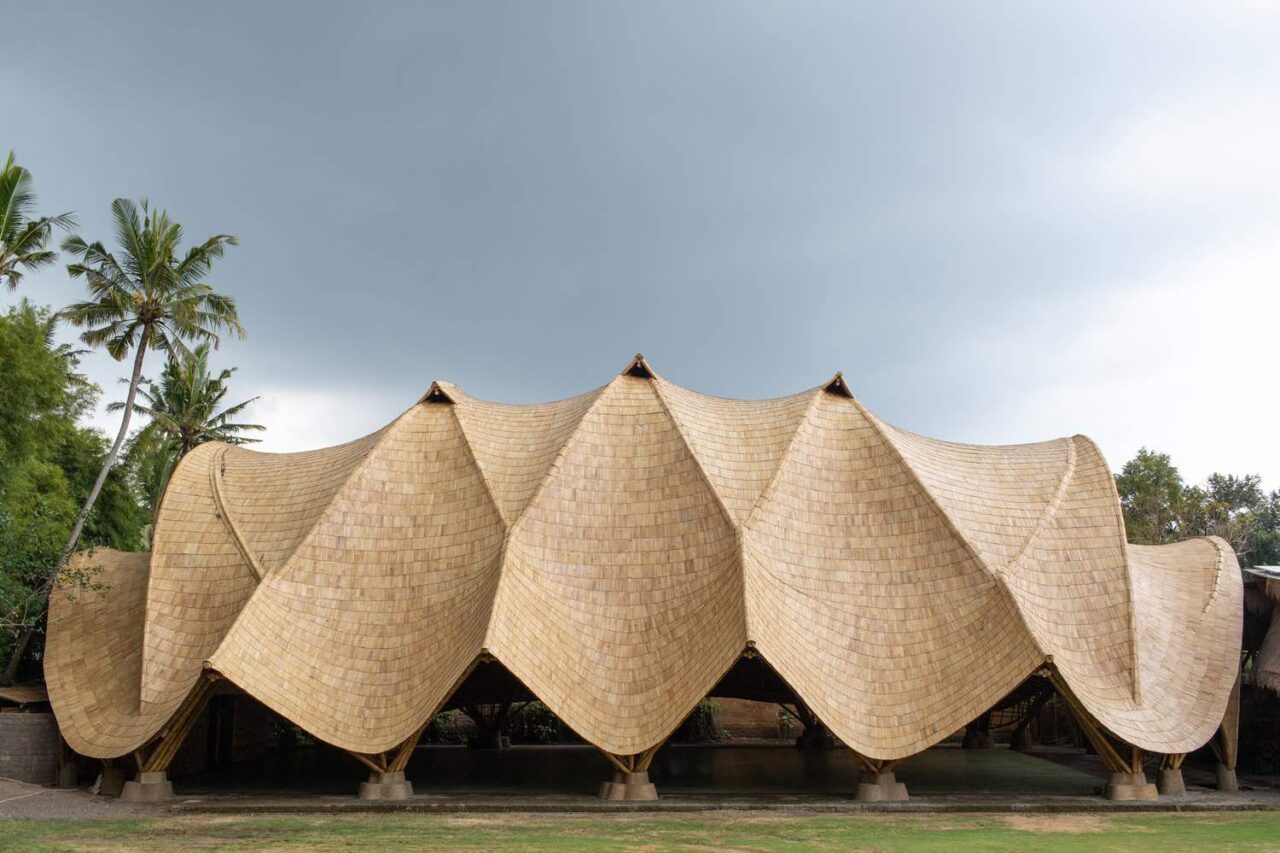
IBUKU is no ordinary architectural and design firm, they are reinventing a new way of building with the humble material: bamboo. In fact, their work can be best described as extraordinary — think otherworldly treetop structures to monolithic, undulating pavilions and masterful residences — each engineered into complex, durable structures while maintaining harmony with the environment.
IBUKU, led by Elora Hardy, was founded in 2010, notably gaining international acclaim for its pioneering use of bamboo as a primary building material. From their base in Bali, Indonesia, the studio crafts only what can be described as visionary structures — that has undoubtedly influenced their peers — comprised from one of the island’s key natural resources and construction materials. ‘Architecture usually tries to assert control, but bamboo resists that,’ Elora explains. ‘Its character insists on participating in the design. That’s part of what makes it feel alive.’
Hardy, taking great inspiration from her father’s globally-renowned Green School project — an experiment in sustainable education and architecture located in Bali — fields the same philosophy for IBUKU’s ethos: to create environmentally conscious structures that are not only functional but also celebrate the beauty and potential of natural materials not only as a renewable resource, but as an art form. Their work blends traditional Balinese craftsmanship with cutting-edge structural techniques, resulting in architecture that feels both timeless and forward-thinking.
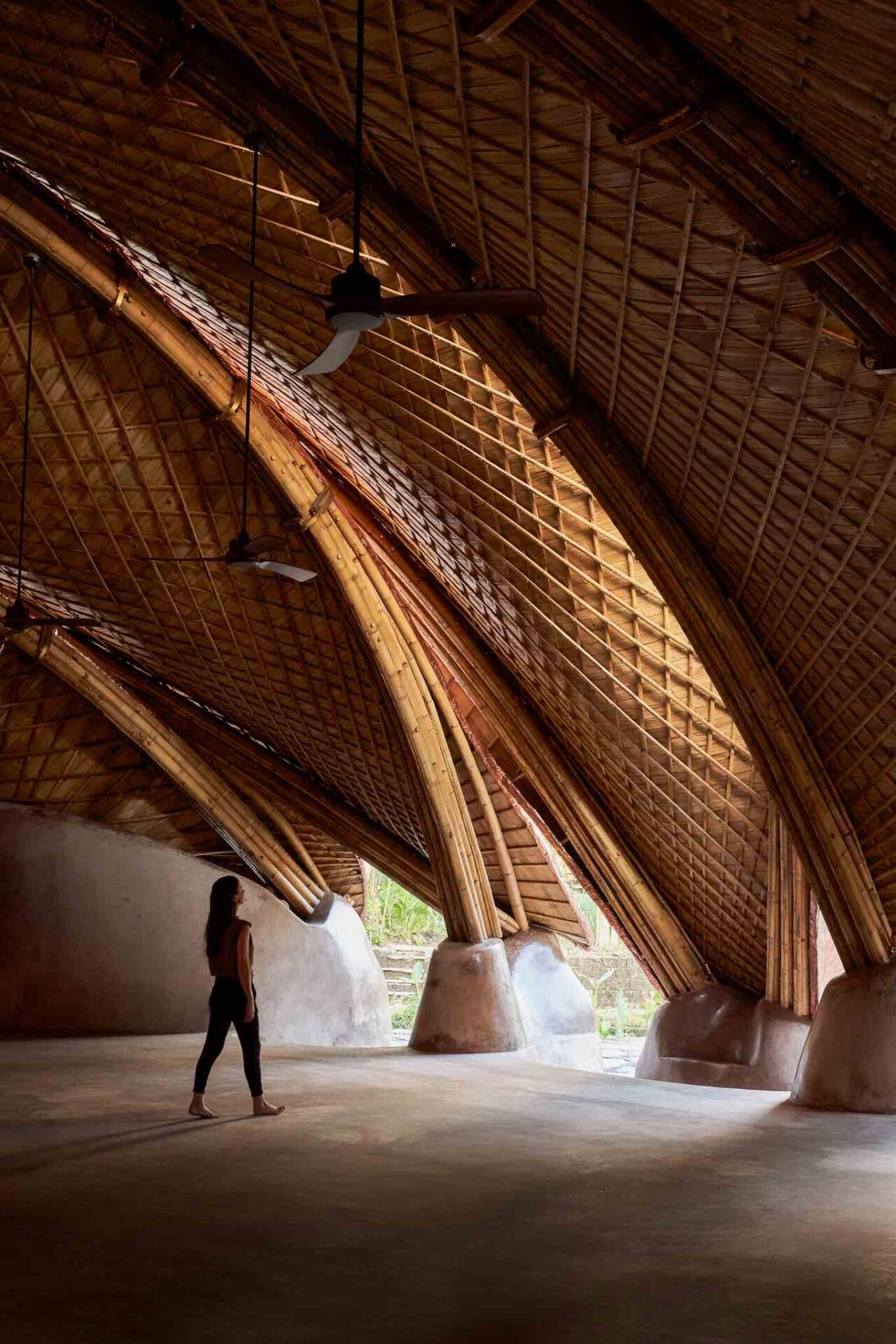
Working with skilled bamboo craftsmen is integral to each project. Their inherent understanding of bamboo plays a key role when working with the material due to the natural inconsistency of each piece. Such specialist knowledge led to the development of curved bamboo structures in the past two decades. Elora explains, ‘It’s evolved through deep listening — to the material, to the builders, and to the land.’
In the world, there are around 140 different species of bamboo, with IBUKU predominantly utilising 7 of them. These species can grow up to 1 metre in 3 days, such as the Betung bamboo — also known as giant bamboo — which can grow up to 30 metres in length and 7 inches in diameter, with up to 18 metres of usable length. Untreated bamboo can be affected by insects, yet through the use of borax (a kind of natural salt), it can become a more durable and long-lasting material.

IBUKU’s designs go beyond aesthetics — they create immersive, living spaces that foster connection with the land. Among IBUKU’s most notable projects is The Arc at Green School, a groundbreaking structure that showcases the full potential of bamboo engineering, whilst the Alchemy Yoga Centre, a wellness facility in Bali’s Ubud, features expertly-laid and colour-oriented bamboo alongside copper and stone.
Sharma Springs, a dramatic six-story bamboo home nestled in the jungle holds rank as the tallest bamboo structure built in Bali, whilst the Sokasi Cooking School at the Four Seasons Sayan is characterised by its leaf-shaped roof that mirrors the contours of the riverbank. In the Ananda House, the building is constructed around existing palm trees, preserving the site’s original landscape. This sensitivity to place and purpose is what in a sense, can define IBUKU’s work. They reimagine the possibilities of natural materials and integrate them into elegant, high-performance architecture.
Ala Champ Editor Joanna Kawecki spoke with Elora on IBUKU’s key ethos and the influential teachings from her father who ‘took a stand: for beauty, and for being green’. Also discussed, Elora notes the new movement of curved bamboo architecture, other materials she is excited to explore working with, and her thoughts on Bali’s current influx of urban developments. Elora adds that leading with the philosophy of Tri Hita Karana — holding people, nature, and spirit in relationship — is the ‘kind of intelligence we need in design today.’
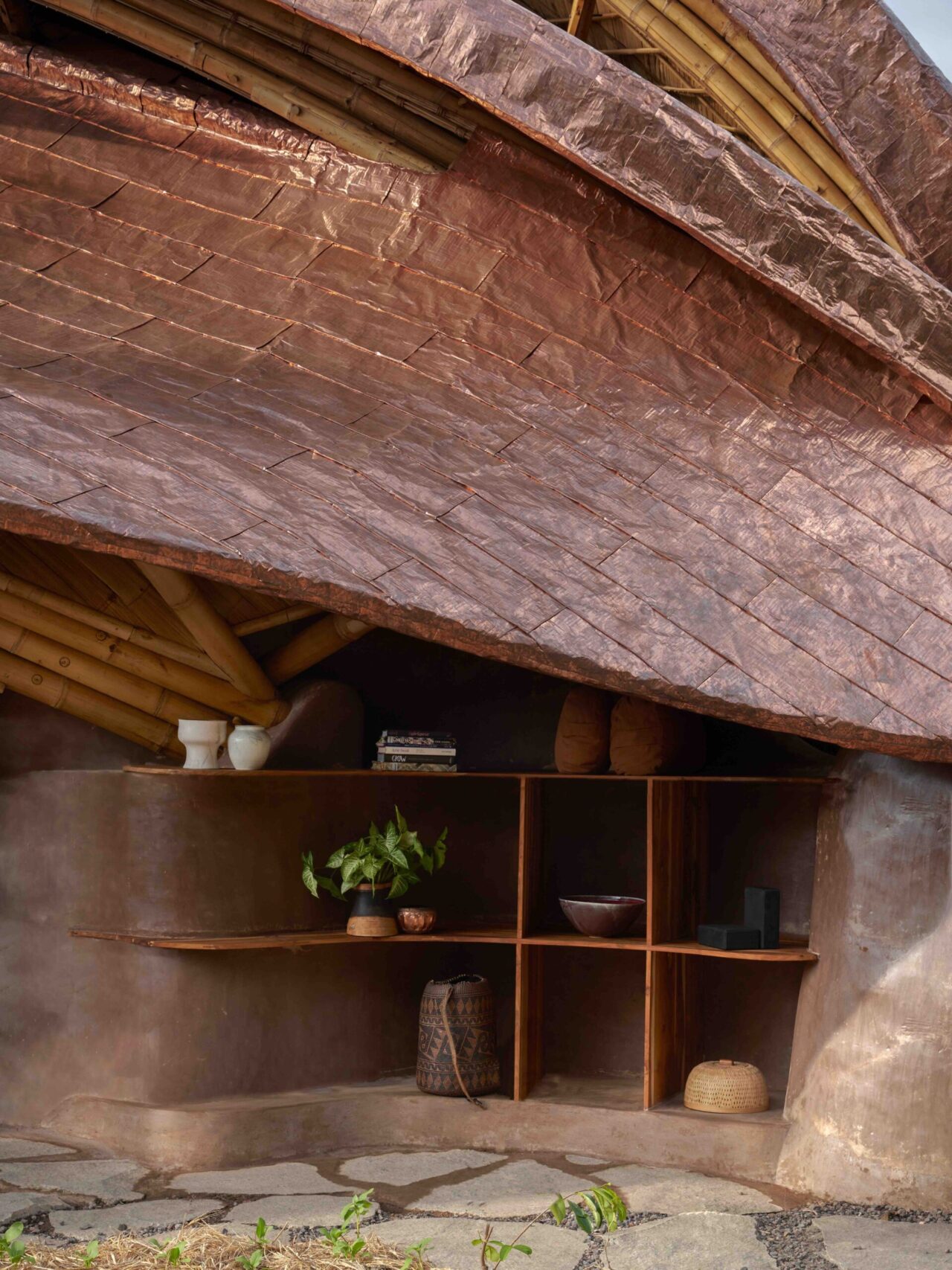
Ala Champ: What is your initial approach when designing a space?
Elora Hardy: We begin by listening — to the client, the site, and the materials. Even when planning happens in advance, we leave space for the design to evolve onsite. With natural materials like bamboo, raw-edged timber, or stone, you can’t control every outcome. You work with what nature gives you, and often, that’s where the most beautiful solutions come from. On sloped land, exact measurements are impossible. Even with flat ground, the position of an organic curve is difficult to fix on paper. Sometimes we’ll draw a “bubble” in the plan — flagging an area that will be defined through on-site marking, templating, and adjustment. Our process blends choreography with improvisation. Each piece of bamboo is different — so the craftsman adjusts, listens, and finds flow. That kind of attention is what allows natural materials to feel at home in a space. It’s what lets a building feel at home in its environment.
Your spaces encourage guests to be closer to nature, how important is this in todays built environment?
Buildings shape how we feel. We’re always seeking comfort — but real comfort includes a sense of connection: to light, air, landscape, and the materials around us. Bamboo brought us here because it’s inherently sustainable — fast-growing, strong, and elegant. But the deeper purpose is to build in a way that feels alive. That means responding to the site, designing with materials that age well, and trusting in forms that don’t rely on flatness or perfection. We’re not trying to recreate tradition, but to carry its wisdom forward —combining what we know now with what’s always been known. If that helps people feel more at ease in the world around them, that’s a meaningful direction for design.
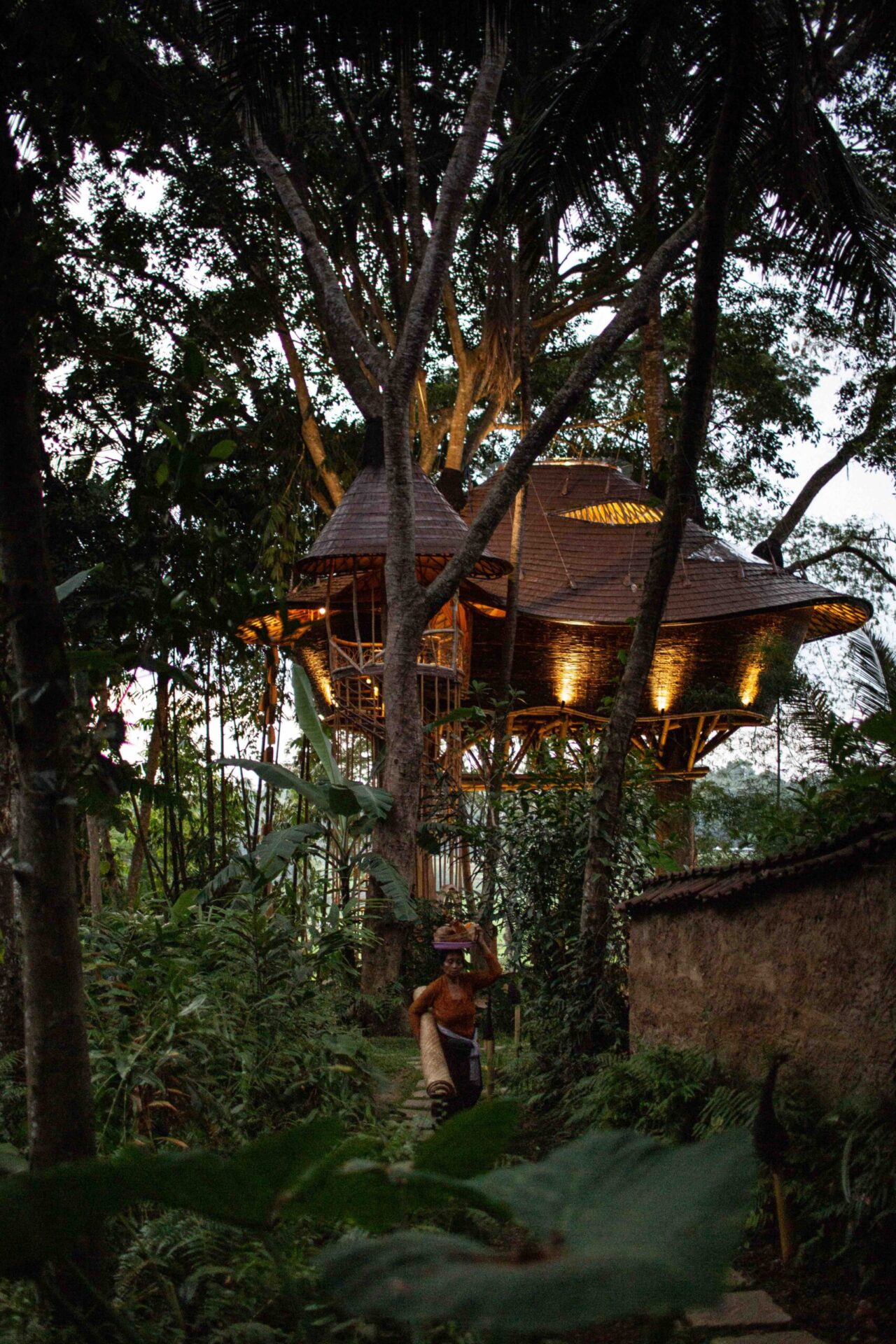
What was the most important thing you father has taught you? In addition, to a local craftspersons knowledge shared with you, that guides your work to this day?
My father, John Hardy, took a stand — for beauty, and for being green. That combination demanded invention. He pushed bamboo into the spotlight because it was the only material that was both radically regenerative and capable of creating architecture that felt alive. He didn’t compromise, and that standard still guides me.
From the craftspeople we work with, I’ve learned a kind of humility. There are insights in the hands of the builder that can’t be captured in drawings. Natural materials like bamboo vary in ways you can’t predict — so you have to leave space for the craftsperson to respond. Architecture usually tries to assert control, but bamboo resists that. Its character insists on participating in the design. That’s part of what makes it feel alive.
Curving bamboo architecture is still new. Twenty years ago there wasn’t a single one in Bali, and barely a few around the world. It’s evolved through deep listening — to the material, to the builders, and to the land.

What is another natural building material you’d like to explore, that you also see great potential in?
We’re excited to explore more with engineered timber, reclaimed teak, copper, and stone — materials with natural performance and emotional depth. We also see promise in hemp-based materials and other plant-based innovations. What matters most is how the material serves the project and where it comes from.
Across all our work, whether in Bali or internationally, we begin by asking: what skills, materials, and traditions are already present in this place? And what’s worth bringing in, if it helps the design go further? That’s how we develop new techniques — by connecting local craftsmanship with thoughtful engineering. Our aim is to make what seemed impossible feel inevitable.

Bali is experiencing fast-growing developments, what are the key influences you’d like to implement through your studio as one solution for a positive direction? In 10 years, how do you envision Bali will be?
Bali’s magnetism is drawing rapid development — much of it disconnected from the landscape. Cement is being poured at a scale that’s suffocating nature. But I still believe in Bali’s ability to lead with grace. Traditional Balinese villages, temples, and rice fields were masterful at handling density, cultivation, and spiritual presence in balance. We value the philosophy of Tri Hita Karana as a wise direction for all — one that holds people, nature, and spirit in relationship. That’s the kind of intelligence we need in design today.
We can’t control the future of the island, but we can help imagine it. We put our blinders on when needed, and focus on creating the most beautiful, healthy version of what’s possible — here and in the places we work around the world. If our buildings can help others reconnect to place, to beauty, and to natural intelligence, that’s a meaningful contribution.
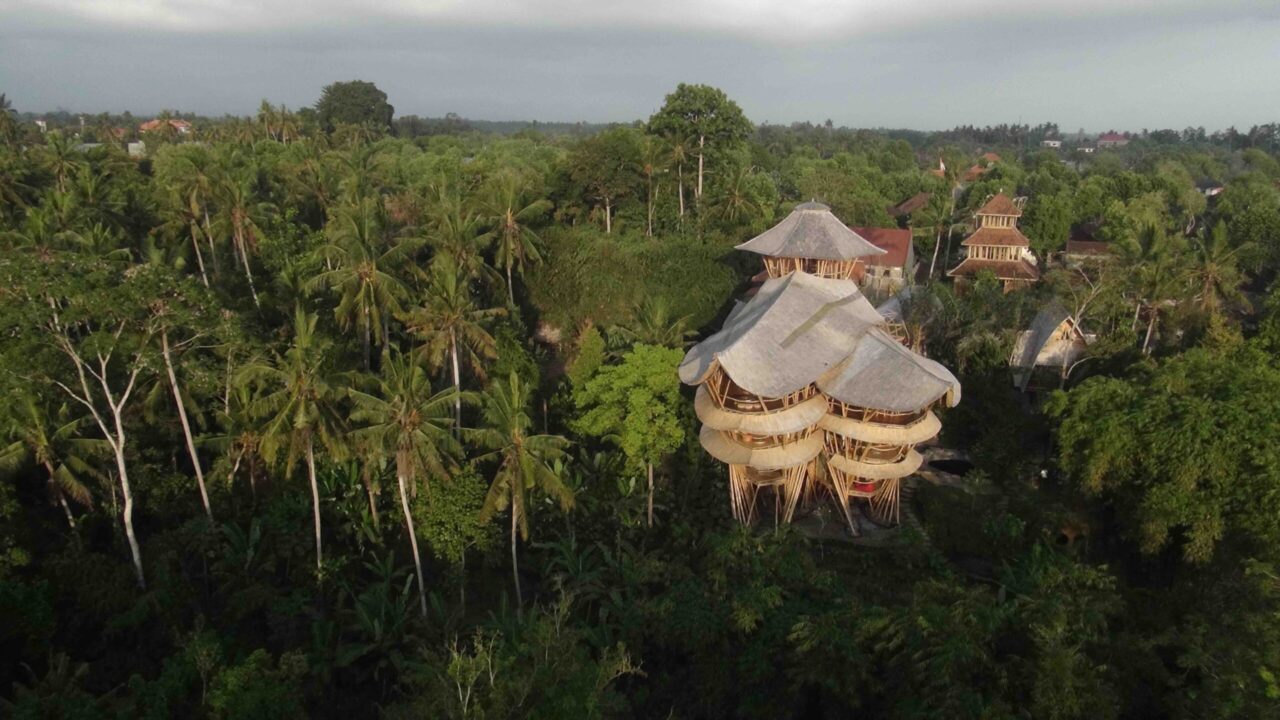
For more global architecture, click here
Text: Joanna Kawecki
Images: IBUKU © and as credited



